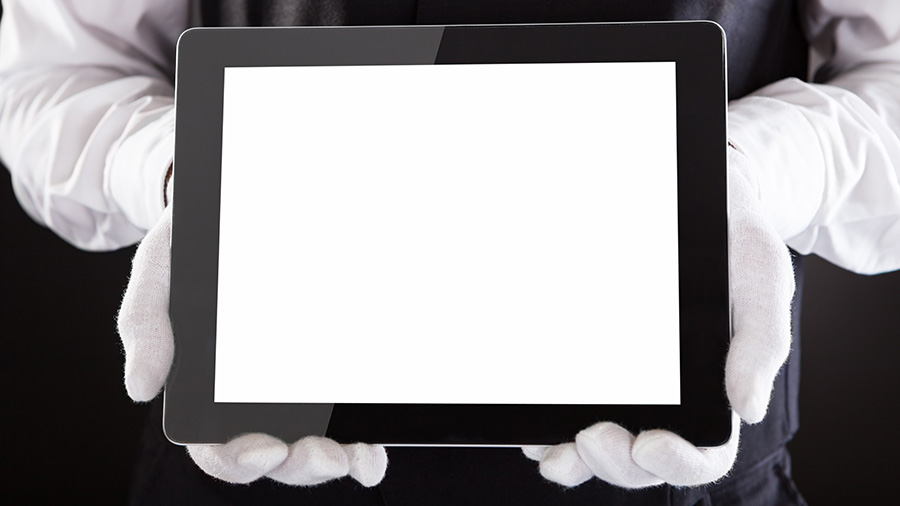When does self-service become a barrier rather than a boon?
Back at JFK again recently, I returned to Due Amici, hungry for lunch. Now that I knew the drill for ordering off the iPad at the table, and had thought through the pitfalls, I felt confident that I could have a relatively calm and pleasant meal.
My vantage point was slightly different this time: My corner seat let me observe a number of staff members, all of whom were exhibiting an amazing level of camaraderie — chatting, hugging, and high-fiving.
But the staff’s warmth for each other didn’t seem to extend to the customers. The server who came to my table started out, helpfully, with “Let me know when you’re ready to order.” But when I tried to get her attention after I had selected my meal on the iPad, her repartee with another staff member kept her too occupied to look at me. So after waiting a couple of minutes, I finished the order and swiped my credit card.
No Option for Personal Service
As happened the last time I ate at Due Amici, I puzzled over the default 18 percent tip. Not only do I usually give more, but tipping in advance feels like there’s no recourse if services are, in fact, not rendered.
But I tipped the 20 percent I would under standard service conditions. hoping that the incremental gratuity, although only a token amount in real terms, might act as a kind of symbolic sweetener, encouraging the server to be a little more attentive to me. But that was not to be.
Finally I caught the server’s eye. She seemed annoyed that I had completed my order without her and never looked my way again.
My meal was plenty hot enough when it arrived 3 – 5 minutes after the promised 15. It was dropped off by a different server who was as pleasant as his colleague, but who also never returned to see if there was anything I needed or even looked in my direction again.
The Missing Ingredient
There’s something to be said for dining in the relative calm of an airport restaurant rather than eating out of a bag in the midst of the hubbub at the gate. But there’s also something to be said for treating customers like real, individual people when they’re sitting in front of you for 45 minutes. Could this poor experience really be what the restaurant’s “system” was meant to create?
It’s true that the screened service model lets the customer minimize the unnecessary intrusion of servers. And it provides a theoretical guarantee (although it didn’t work this time) that once an order is placed and paid for, the food will arrive promptly.
But a big investment in process may not protect a business from the grave mistake of glossing over the importance of the customer experience — how the customer feels — and the element of human connection. If the crucial element of attention is missing, and the service delivery isn’t absolutely perfect, the customer is left with the physical comfort of a real table and real silverware and the simultaneous lack of a satisfying service interaction.
It could be that I just happened to go to Due Amici on a bad day — twice. But it could also be that the real point of screened service is training consumers to expect less.
Onward and upward,
LK

